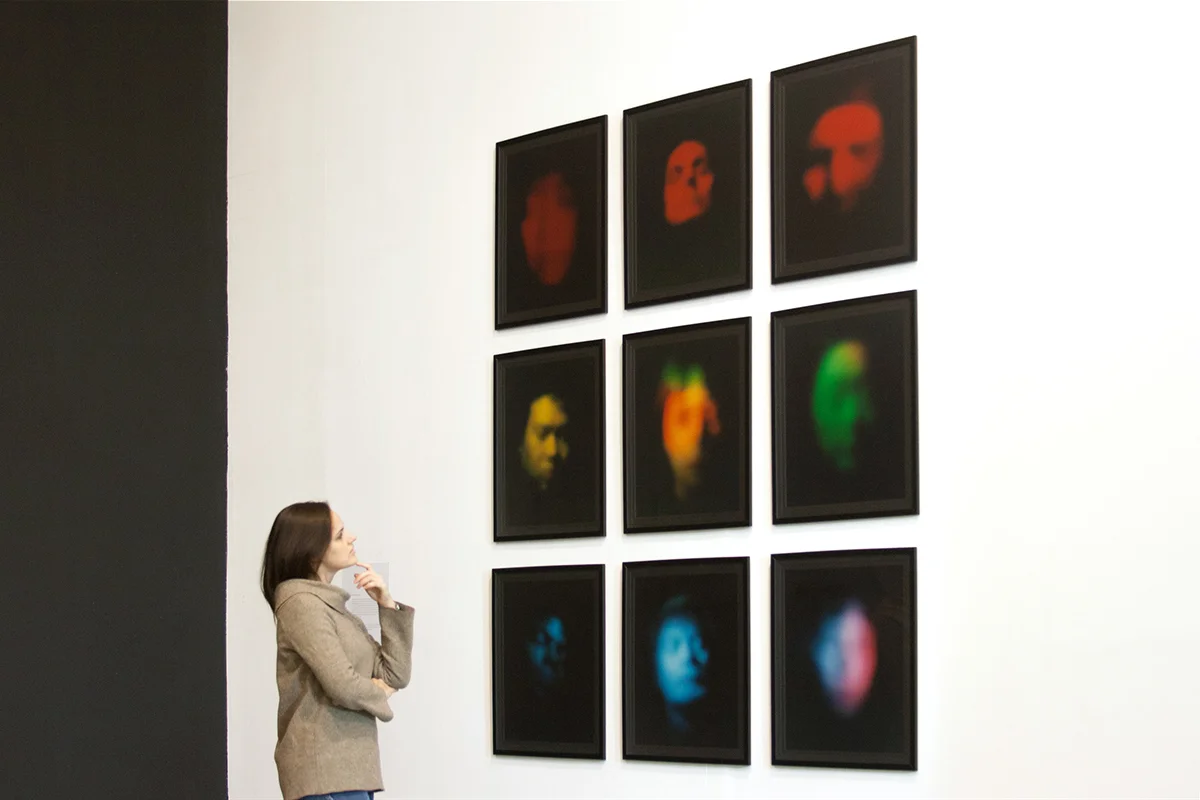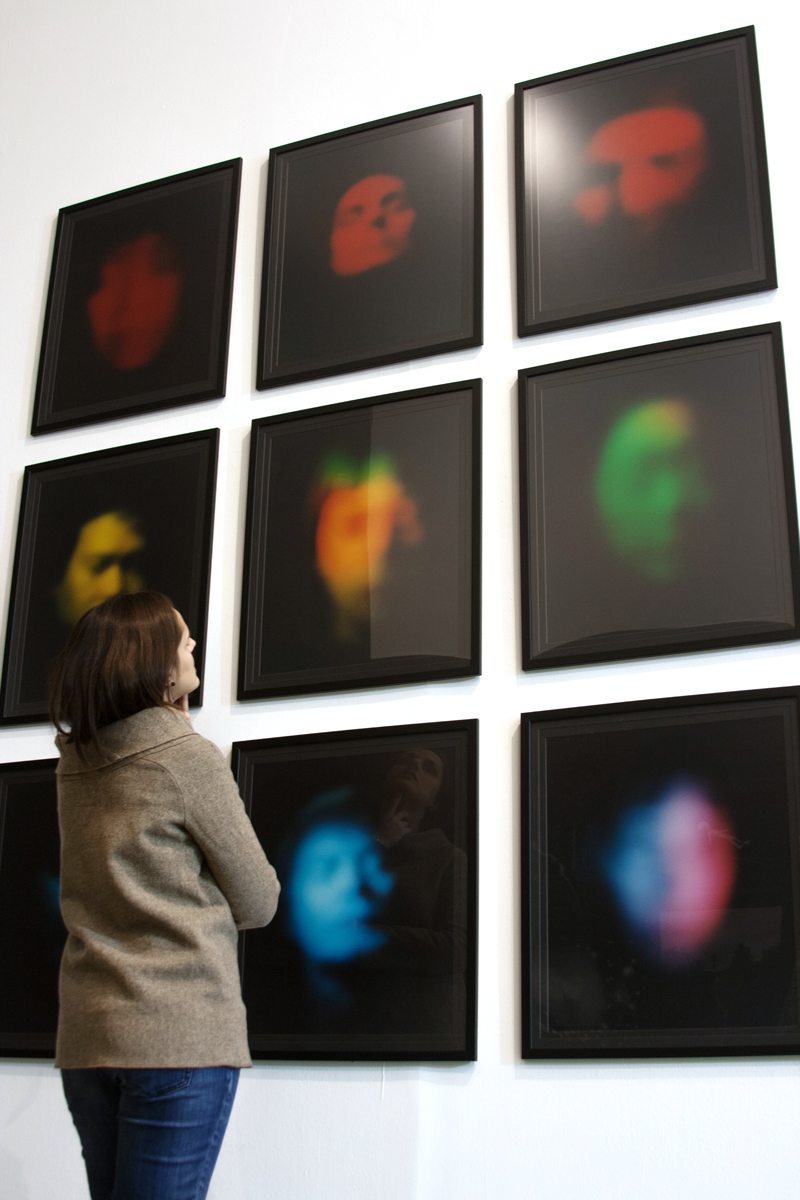Luminous Numinous explores the concept of the soul in portrait photography presenting the sitters as the light radiation of a transpersonal energy. The series has been conceived to go beyond the indexical relation between photography and the material identity of individuals. The intention behind Luminous Numinous is to address metaphysical questions about the phenomenology of existence in relation to visuality and photography: Are we just the matter that we see? Is it possible to photograph the soul? Can a numinous force define who we are? Could we be creatures made of luminous energy? And as such, Are we beings of light?In this work, light has been treated as the medium and the subject. In these portraits, light adopts a dual nature that enables a wider conceptual and aesthetic flow compared to mainstream portrait photography. As it happens in Renaissance painting, the light in Luminous Numinous has a strong allegorical meaning signifying truth and divinity. But the connection between light and the soul hasn’t been made in this instance by using light as a device to set the spiritual mood of the person portrayed. Light has been addressed as the raw substance that human beings are made of. Therefore, facial features have been transposed into coloured light radiations to figuratively manifest the transcendental nature of man that remains yet unseen to the human eye.The people portrayed in Luminous Numinous don’t belong to a common demographic group or social condition. They are random people from different backgrounds, age segments, nationalities, sexual orientations, beliefs and, possibly, political affiliations. The selection criteria to invite people into the project was the spiritual intensity perceived by Perona during the different encounters he had with them. Despite the differences between the people selected, they were brought together under the same spotlight to be part of an introspective, photographic experience. The photographic sessions set by Perona were meant to provoke an encounter between the soul of the sitter and the soul of the photographer. The output of such encounter would be the translation of subject’s luminescence energy to the final analogue print without losing its numinous quality.In this photo-alchemical process, portrait photography precepts such as sharpness and eye contact were deliberately dismissed by Perona to disconnection sitter’s visuality from the material gaze of the viewer. A similar decision is recognised in the work of photography artists such as Bill Armstrong and Bill Jacobson. They both pursue the optical disconnection of their subjects from their earthly presence in order to open a window into the supra-materiality of the worlds they photograph. With the same intention, the lens of Perona’s medium format camera created a liminal visual space between the concrete and the abstract; between the material world and a spiritual universe. In this optical threshold, the light spectrum of existence was dispersed by the camera lens, acting as a prism to allow the true colours of the sitters to be revealed.On every portrait of the series, light pours outwards as if filtered through the stained glasses of a cathedral window and flows back inwards in the direction of the viewer facing this series. This way, looking at these portraits it is as looking into oneself in an act of deep introspection. The luminous bursts of the numinous energy that is contained in this soul-search project can be summoned again and again from the darkness by a mute prayer compelled in the secrecy of the mind: ‘Luminous Numinous!’Throughout History, image-making has been connected to key existential topics such as the divine nature of human beings, the mystical outreach of the psyche, and the connection with supernatural entelechies. Despite the current secularisation of the visual arts in the West by ideology, politics and technic, contemporary image-making retains an inherent mystical potency. Even nowadays, it is possible to create images through photographic means that serve as transcendental maps of meaning to navigate the mysteries of existence alongside reason and science. In this work, photography is used not to evidence any empirical truth, not to answer any question, not to support any belief but, as in Carl G. Jung’s words, ‘to cultivate thoughts that can never be proved’.

